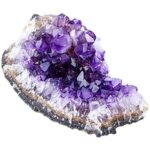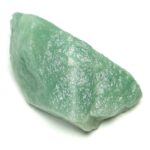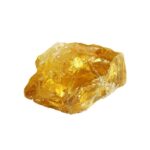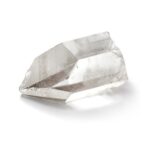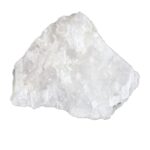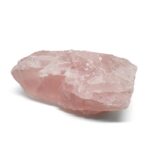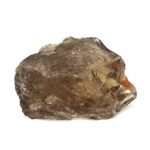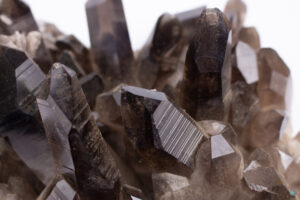
Quartz is the second most abundant mineral in Earth’s crust after feldspar. It occurs in nearly all acid igneous, metamorphic, and sedimentary rocks. It is an essential mineral in such silica-rich felsic rocks as granites, granodiorites, and rhyolites. It is highly resistant to weathering and tends to concentrate in sandstones and other detrital rocks. Quartz is a mineral of many varieties that consists primarily of silica, or silicon dioxide (SiO2). Minor impurities such as lithium, sodium, potassium, and titanium may be present. Quartz has attracted attention from the earliest times; water-clear crystals were known to the ancient Greeks as krystallos—hence the name crystal, or more commonly rock crystal, applied to this variety. The name quartz is an old German word of uncertain origin first used by Georgius Agricola in 1530. There are many varieties of quartz, read more about them below!


